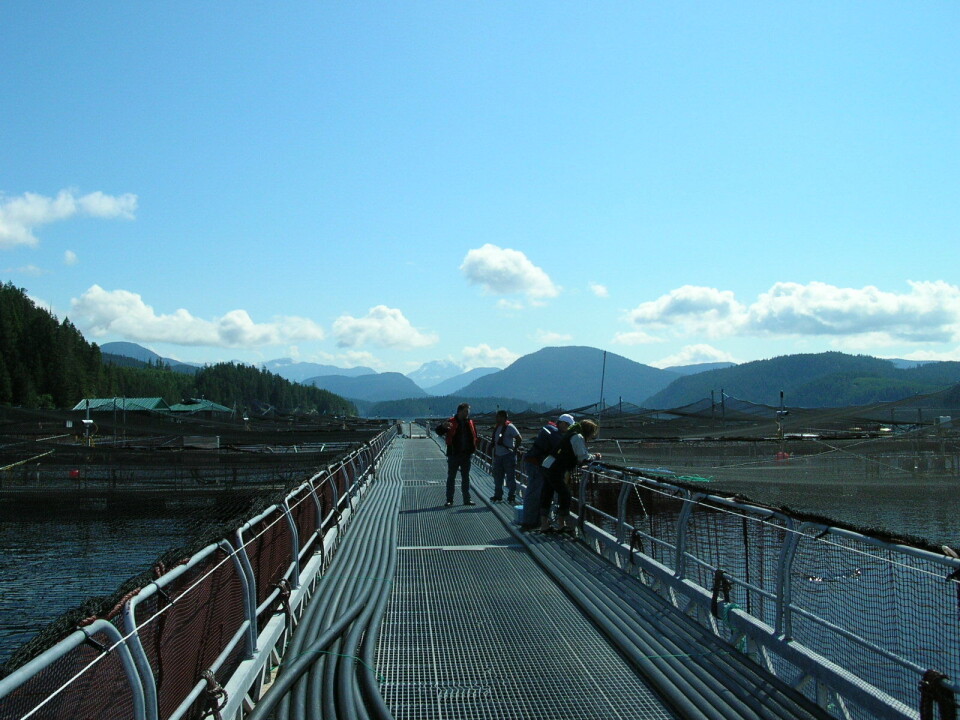
Think tank acknowledges aquaculture improvements
The National Center for Policy Analysis (NCPA) claims on its web site that it “is a nonprofit, nonpartisan public policy research organization, established in 1983. Our goal is to develop and promote private, free-market alternatives to government regulation and control, solving problems by relying on the strength of the competitive, entrepreneurial private sector. We bring together the best and brightest minds to tackle the country's most difficult public policy problems — in health care, taxes, retirement, small business, and the environment. In doing so, we propose reforms that liberate consumers, workers, entrepreneurs and the power of the marketplace”.
In a recent report, the NCPA states the obvious facts about world sea food production and aquaculture development, and then goes on to list some of the growing pains associated with the relatively new pen-based fish farming industry, but the organization also acknowledges progress being made in order for “The Blue Food Revolution” and the business of aquaculture to remain sustainable;
Meat consumption is rising worldwide, but production involves vast amounts of energy, water and emissions. At the same time, wild fisheries are declining, says Scientific American.
- Fish farming already accounts for 47 percent of the seafood people consume worldwide, up from only 9 percent in 1980.
- Experts predict the share could rise to 62 percent of the total protein supply by 2050.
- If a blue food revolution is to fill such an exalted plate at the dinner table, however, it must operate in environmentally sound ways -- and make its benefits better known both to a jaded public and to policymakers with the power to help or retard its spread.
When modern coastal fish farming began about 30 years ago, virtually no one was doing things right, either for the environment or for the industry's long-term sustainability, says Scientific American.
- Fish sewage was just one of the issues.
- In the salmon farms of Europe and the Americas, animals were often too densely packed, helping disease and parasites sweep through the populations.
- Fish that escaped farms sometimes spread their diseases to native species.
Clearly, such ills were not good for business, and the industry has devised innovative solutions. Kona Blue's strategy of situating the farm within rapid offshore currents is one example. Other farmers are beginning to raise seaweed and filter-feeding animals such as mollusks near the fish pens to gobble up waste. Throughout the industry, including freshwater pens, improvements in animal husbandry and feed formulations are reducing disease and helping fish grow faster, with less forage fish in their diets.






















































